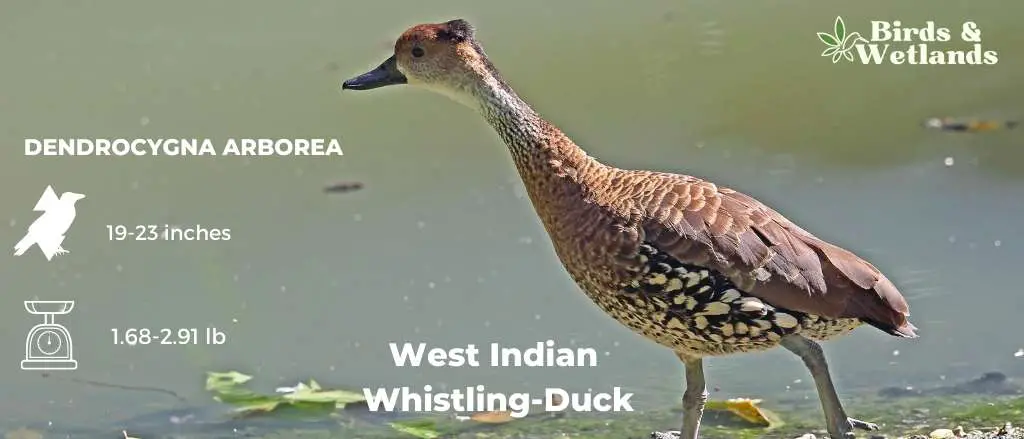The West Indian whistling duck (Dendrocygna arborea), is a duck species native to the Caribbean region. Alternative names include the black-billed whistling duck and Cuban whistling duck. It is a member of the Anatidae family.
These ducks are known for their distinctive whistling call, which they use to communicate with each other. They are also notable for their long legs and slender bodies, which make them appear quite different from other duck species.
Despite their unique appearance and vocalizations, West Indian whistling ducks are often overlooked by birdwatchers, as they tend to live in swampy areas and are not as colorful as other duck species.
Scientific Name: Dendrocygna arborea
Height: 48 to 58 cm (19 to 23 in)
Weight
- Male: 760 to 1,240 g (1.68 to 2.73 lb)
- Female: 800 to 1,320 g (1.76 to 2.91 lb)
West Indian Whistling Duck Description
West Indian whistling ducks are medium-sized ducks with long legs and slender bodies. They have a distinctive appearance, streaked flanks, curved bills and pointed tails.
These birds are mostly brown, with a lighter belly and a long, speckled neck. Some individuals may have a reddish tint on their wings. They have a pale face and a pale foreneck.
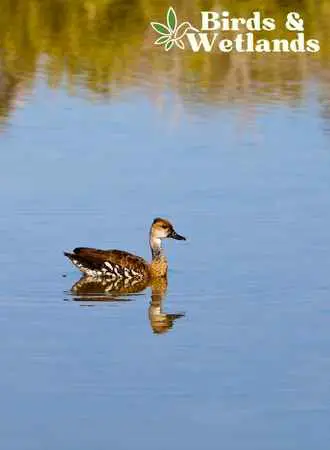
Listen to West Indian Whistling Duck
West Indian Whistling Duck Habitat & Range
West Indian whistling ducks are found in various sites and habitats, including swamps, marshes, and wetlands. They prefer shallow, still waters with abundant vegetation and trees, where they can forage for food and hide from predators.
These ducks are also often found near agricultural fields, where they can feed on crops such as rice and corn. Some of them use mangroves for roosting. They are adaptable birds and can thrive in both natural and human-altered environments.
West Indian whistling ducks are found throughout the Caribbean and West Indies, including Cuba, the Bahamas (Long Island), and many smaller islands.
In recent years, they are no longer restricted in their natural range, with some flocks reaching southern Florida.
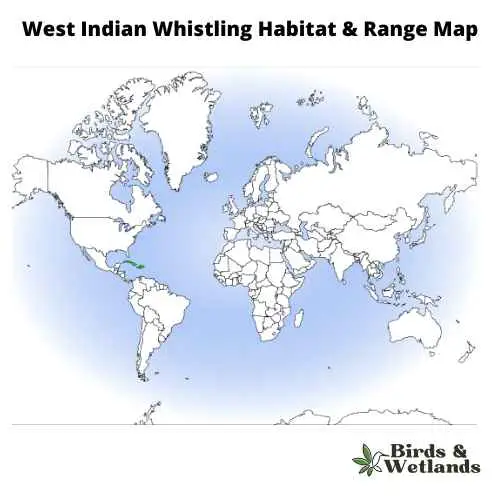
West Indian Whistling Duck Diet & Food Habits
These ducks feed on plant material such as grasses, plants and small fruits. Occasionally, they will supplement their diets with small insects and fish. They are nocturnal but can be seen feeding during the day.
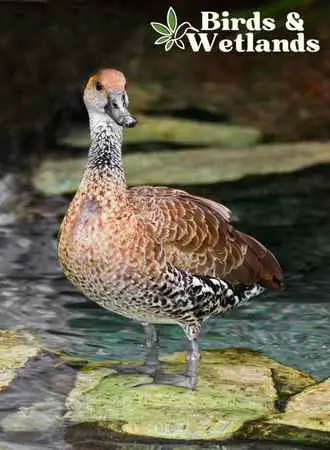
West Indian Whistling Duck Nesting & Mating Habits
The West Indian whistling duck breeds in tree cavities or on the ground with dense vegetation near the water’s edge.
The female duck builds the nest by lining it with down feathers and other soft materials, and she will lay a clutch of 10 to 16 eggs. The incubation period lasts for 25 to 28 days.
West Indian whistling ducks are social birds and often live in large groups, with several pairs nesting near each other.
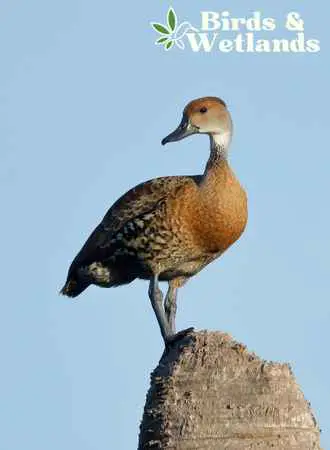
West Indian Whistling Duck Population & Conservation Status
The West Indian whistling duck is a threatened species with a declining population. Conservation efforts to prevent further loss of wetland habitat and address threats are underway. They include establishing a long-term monitoring programme and preservation of habitat.
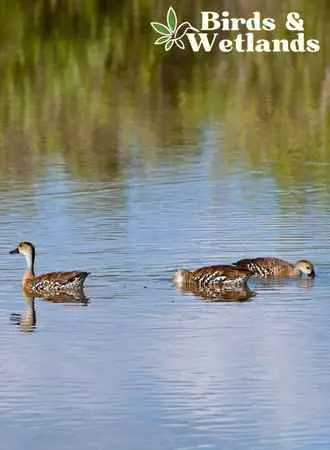
Key Points
- These ducks are an endangered species due to the loss of habitats and human interference.
- Their diet mostly consists of plants and fruits, with the occasional animal food.
- These ducks are endemic to the West Indies.

